Ibises are a group of long-legged wading birds. They are in the Threskiornithidae family, which contains both Ibises and Spoonbills. These birds have unique beaks, which are long, narrow, and curve downwards. There are 28 different species of Ibises in 12 different genuses. Read on to learn about the Ibis.
Description of the Ibis
There are many different species of Ibises across various countries throughout the globe. Each species is slightly different, and they vary in size and color.
At their largest, these birds stand over three feet tall. However, not all species are quite so large, and most birds are around two feet tall. Most species of these birds have bald heads or faces, and some species also lack feathers on their chests.
Interesting Facts About the Ibis
These are quite interesting birds, and each species is unique. There are several different species with odd behaviors or histories, and you can learn more about them below!
- Sacred Ibis – Yes, there is a species of these birds that humans considered sacred. It lives in Africa, and the Ancient Egyptians believed that these birds were deities. In fact, they depicted Thoth, the Egyptian god of wisdom, as a man with the head of an Ibis.
- Giant Ibis – Ok, so this species isn’t an ancient god, but they are still impressive birds! Giant Ibises are easily the largest species of this bird in the world. They weigh nearly 10 pounds, and stand over 3 feet tall. Sadly, this species is threatened by habitat destruction and hunting. The IUCN lists this species as Critically Endangered.
- Scarlet Ibis – The Scarlet Ibis is the most colorful of all the species. These birds have striking pink feathers over their entire bodies. Just like flamingos, the Scarlet species gets its color from the shrimp and crustaceans that it eats.
- Waldrapp – The Waldrapp, or Bald Ibis, is another species threatened by human activity. In fact, at one point the IUCN also listed them as critically endangered. Thankfully, captive breeding programs have been successful in reintroducing these birds to their native habitats. However, the IUCN still lists the species as Endangered.
Habitat of the Ibis
The various species of thee birds live in a number of different habitats. Their favorite ecosystem is wetland and swamp, where they wade through shallow waters in search of prey.
Some species also live in grasslands, meadows, forests, agricultural fields, and more. Most species live in tropical regions with high temperatures and rainfall, or subtropical regions.
Distribution of the Ibis
Different species of Ibis live in different regions of the world. Overall, these birds live across much of the globe, save for Antarctica. Various species live in Africa, Madagascar, Asia, Europe, Australia and the surrounding islands, India, North America, Central America, and South America.
Some species live across huge expanses, while others live only in a tiny region. Usually, species that live in smaller ranges are at a higher threat of extinction.
Diet of the Ibis
Ibises are not picky birds, and opportunistically feed on just about anything they can catch. Their primary method of hunting is using their long beak to probe mud, sand, and other soft sediments in search of prey.
They eat a wide variety of worms, insect larvae, beetles, shrimp, crabs, grasshoppers, spiders, and small fish. Some species also feed on algae and aquatic plants, though this is usually only in small amounts.
Ibis and Human Interaction
Human interaction varies from species to species, and we impacted each species differently. Humans hunted some species heavily, while other species suffer from habitat destruction to a greater degree.
For the most part, the species that humans threaten the most have very small distributions and fragmented populations. Some of the species in the most danger are the Giant Ibis, Waldrapp, Dwarf Ibis, White-Shouldered Ibis, and more.
Domestication
Humans have not domesticated these birds in any way.
Does the Ibis Make a Good Pet
No, Ibises do not make good pets. These birds are wild animals, and each species has different dietary and medical needs. In many places, it is also illegal to own, capture, or kill one.
Ibis Care
In zoos, different species need different enclosures and diets. For the most part, these birds need plenty of shallow water to wade through, and various perches to rest and sun themselves on.
Many Ibises in zoos live there because they can no longer survive in the wild, usually due to some type of injury. Zookeepers feed the birds a wide variety of food, including mealworms, fish, ground carnivore diet, crickets, dog food, and even small mammals like mice.
Behavior of the Ibis
Each species is different, but the vast majority are quite social birds. Ibises usually live in large flocks, which spend their time resting, sleeping, and searching for food. They are most active during the day, and sleep together in trees at night.
Individual flocks come together as the breeding season arises and form huge colonies. Some species mate with the same partner year after year, while others mate with a new partner every season.
Reproduction of the Ibis
These birds vary greatly in their reproductive rates and strategies. Each species differs in the number of eggs laid and the average incubation period. Most species lay around three eggs per season, and their incubation period is about three or four weeks.
Depending on the species, the chicks begin learning how to fly when they are a month or two old. They become independent anytime from a week to a month after fledging.

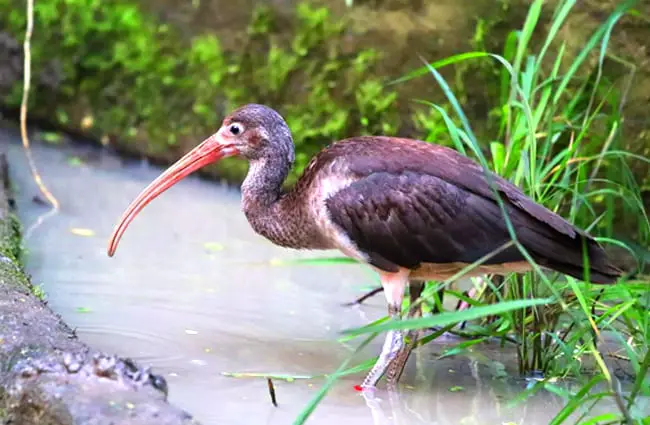
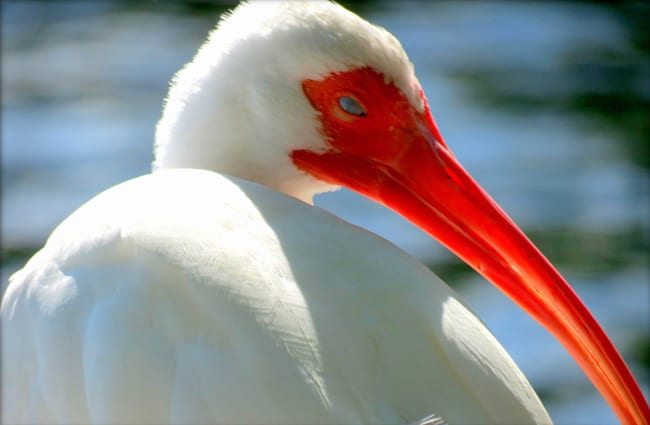
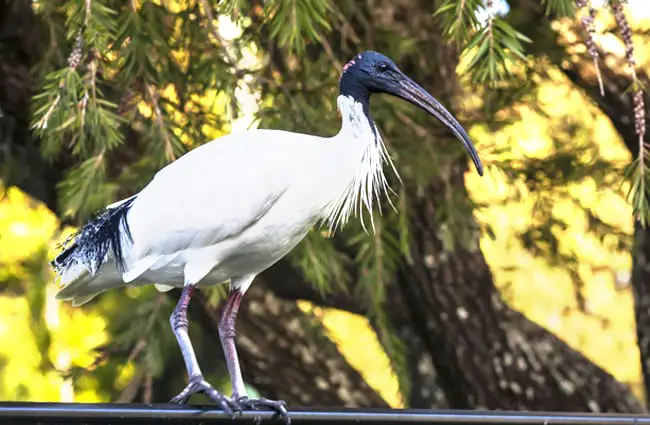
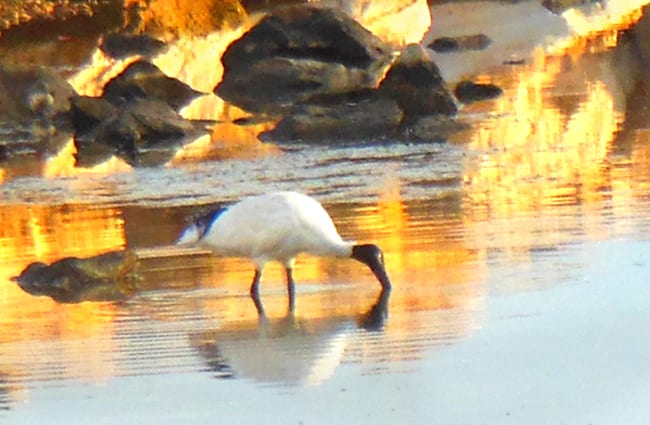

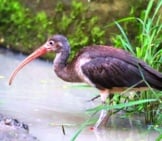

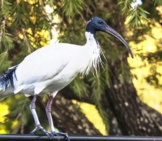
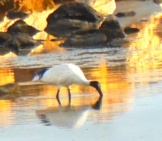

![Red Angus Closeup of a beautiful Red Angus cowPhoto by: U.S. Department of Agriculture [pubic domain]https://creativecommons.org/licenses/by/2.0/](https://animals.net/wp-content/uploads/2020/03/Red-Angus-4-238x178.jpg)












![Red Angus Closeup of a beautiful Red Angus cowPhoto by: U.S. Department of Agriculture [pubic domain]https://creativecommons.org/licenses/by/2.0/](https://animals.net/wp-content/uploads/2020/03/Red-Angus-4-100x75.jpg)

